"Find confidence in your skin's unique narrative of resilience and renewal."
Have you ever noticed changes in your skin tone or spots that seem to appear out of nowhere? Skin pigmentation disorders can affect the colour of your skin, causing darker or lighter patches. These changes can happen to anyone, often leading to questions and concerns. But what really causes these variations in skin tone, and how can they be addressed?
At NU.U Clinic, personalised treatment and tailored care are at the forefront of addressing skin pigmentation. The clinic offers a comprehensive approach to understand and treat various pigmentation conditions, ensuring each patient receives the most effective care suited to their specific needs.
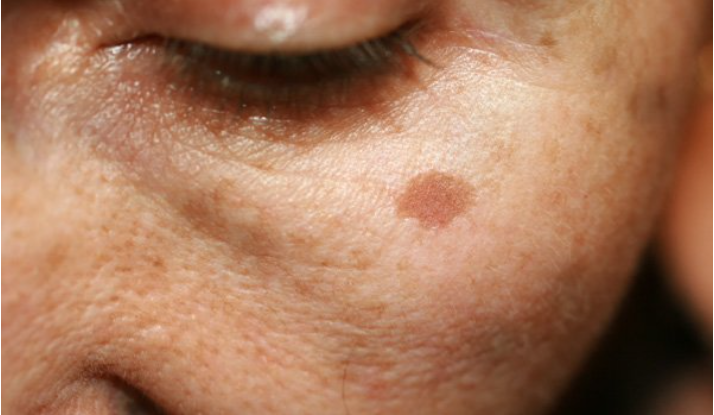
Pigmentation
Pigmentation refers to the colouring of the skin. Skin cells produce a pigment called melanin, which gives skin its colour. When these cells become damaged or unhealthy, it affects melanin production, leading to pigmentation disorders. These can make the skin appear lighter or darker, or cause patches of colour.
Causes of Pigmentation

Sun Exposure
One of the primary causes of pigmentation changes is exposure to the sun. UV radiation from the sun can increase melanin production, leading to darker patches of skin. Regular use of sunscreen and protective clothing can help manage this risk.

Hormonal Changes
Hormonal fluctuations, particularly during pregnancy, menopause, or due to birth control pills, can also cause pigmentation changes. These hormonal shifts can increase melanin production, leading to conditions like melasma.
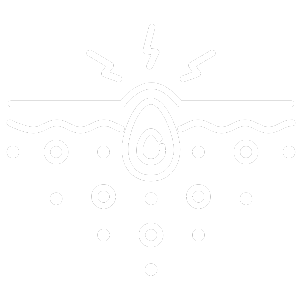
Skin Inflammation
Inflammation from skin injuries, acne, or certain skin treatments can lead to post-inflammatory hyperpigmentation (PIH). This occurs when the skin produces excess melanin in response to the inflammation.

Genetic Factors
Genetics can play a significant role in determining one's risk of developing certain pigmentation disorders. Family history can influence how susceptible you are to conditions like freckles or Hori’s Nevus.
Types of Pigmentation
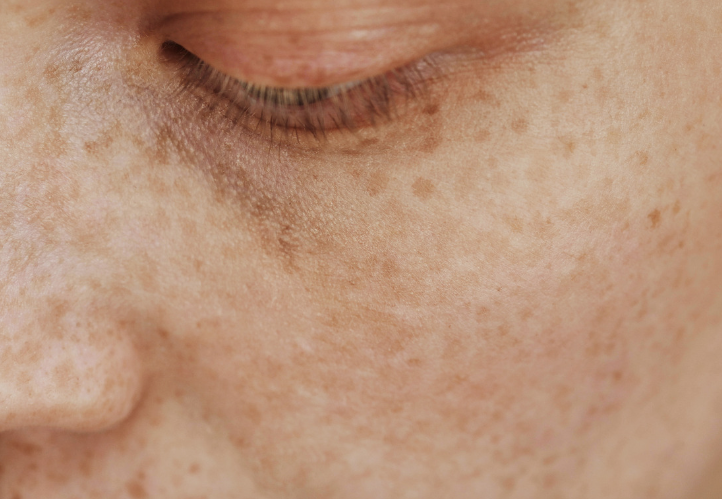
Freckles
Freckles are small, flat, brown spots that commonly appear on sun-exposed areas. They are harmless and more pronounced in individuals with fair skin.
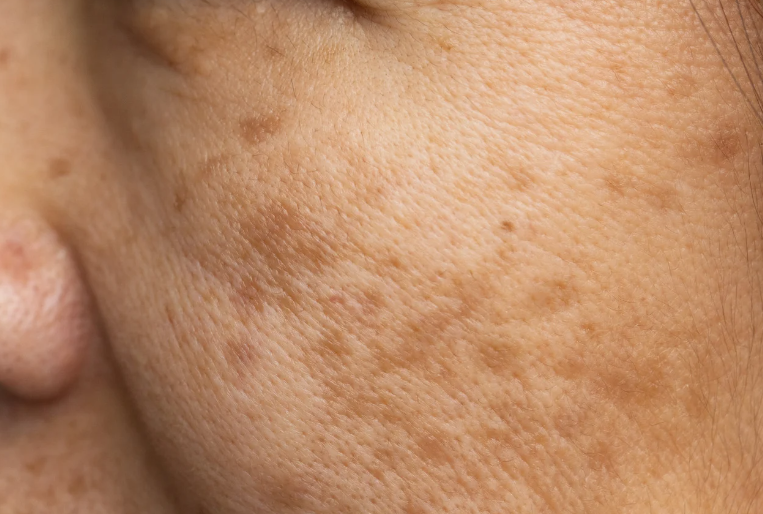
Melasma
Melasma is marked by brown or blue-grey patches, often on the face, and is more common in women. It can be related to hormonal changes or sun exposure.

Sun Spots (Solar Lentigines)
Also known as liver spots, these are flat, brown spots that develop due to sun exposure, commonly on the face, hands, and arms.
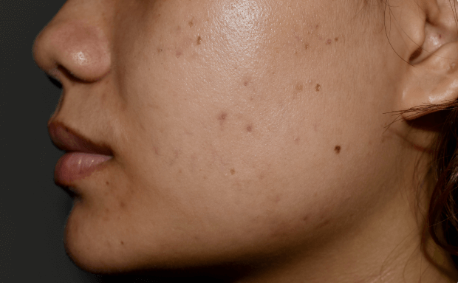
Post-Inflammatory Hyperpigmentation (PIH)
This condition appears as darkened patches or spots following an inflammatory event, like acne or eczema, and varies in colour from light brown to black.

Post-Inflammatory Erythema (PIE)
PIE results in red, pink, or purple patches after an inflammatory condition, notably different from PIH by its coloration.
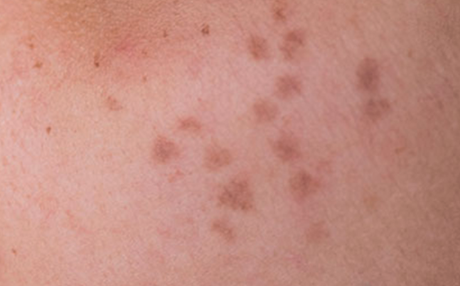
Hori’s Nevus
This type of pigmentation presents as bluish-grey discoloration, often symmetrically on both sides of the face, and is more common in women and those of Asian descent.
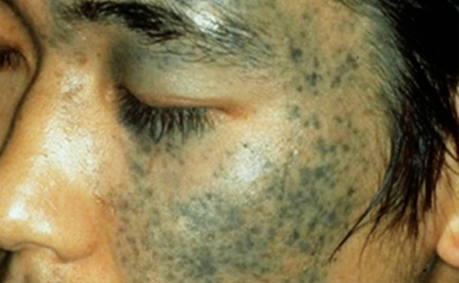
Nevus of Ota
Characterised by a blue or greyish discoloration around the eye, Nevus of Ota affects both the skin and the eyes, often congenital.
Treatments for Pigmentation

Dual Wavelength Fractional Non Ablative Laser
The Dual Wavelength Fractional Non-Ablative Laser is a skin treatment that uses 1550 nm and 1927 nm wavelengths to target different skin layers. It is used to improve skin texture, wrinkles, scars, and pigmentation while maintaining the skin’s surface. This non-ablative approach delivers controlled laser energy to stimulate skin renewal with minimal downtime. It may also enhance skin permeability, which can support the absorption of certain topical treatments. As with any procedure, individual responses and outcomes may vary.

Dual Wavelength Long-Pulsed Laser / Alexandrite Laser Treatment
A combination of Alexandrite (755nm) and Nd:YAG (1064nm) wavelengths allows this laser treatment to target pigmentation, vascular concerns, and unwanted hair across various skin types. Adjustable settings enable tailored treatments based on individual needs while minimising the impact on surrounding tissue. A consultation with a qualified healthcare professional is recommended to determine suitability and expected outcomes. As with any procedure, individual results may vary.

Copper Bromide Yellow Laser
The Copper Bromide Yellow Laser is a skin treatment that targets pigmentation, acne, and vascular concerns while supporting overall skin rejuvenation. It delivers precise, controlled energy to the skin, helping to improve tone and texture with minimal impact on surrounding areas. Using yellow and green light wavelengths, this treatment is designed to address redness, uneven pigmentation, and other skin irregularities. As with any procedure, results vary from person to person, and a consultation with a qualified healthcare professional can help determine if this treatment is suitable for you.

Ellipse I2PL
Ellipse I2PL (Intense Pulsed Light) is a versatile and non-invasive treatment technology used to address a variety of skin conditions. It employs a broad spectrum of light to target specific structures within the skin, depending on the condition being treated. Unlike lasers, which use a single wavelength of light, I2PL uses a multitude of wavelengths, allowing it to be customised for different skin issues and skin types. This adaptability makes Ellipse I2PL a sought-after choice for those seeking a safe and effective solution to their skin concerns.

Hollywood Laser Toning
Hollywood Laser Toning is a laser-based treatment designed to rejuvenate skin and address pigmentation concerns. It targets skin issues such as melasma, acne scars, and fine lines, providing gentle improvements in overall skin appearance. This non-invasive procedure involves minimal recovery time, making it convenient for those seeking visible results without significant downtime.

Pico Laser
Pico laser treatment is a dermatological procedure used to address pigmentation concerns, acne scars, birthmarks, and tattoo removal. This laser delivers ultra-short pulses of energy to target specific skin concerns while minimising heat buildup. The treatment is designed to break down unwanted pigmentation and stimulate skin renewal. As with any procedure, individual results may vary, and a consultation with a qualified healthcare professional is recommended to determine suitability.
Conclusion
In conclusion, skin pigmentation disorders are a common concern that can affect anyone, regardless of age or skin type. These conditions range from freckles and age spots to more complex issues like melasma and post-inflammatory hyperpigmentation. Understanding the various types of pigmentation and their underlying causes is crucial for effective treatment. Advances in laser technology and skincare have made it possible to treat these disorders more effectively, with options available to suit different skin types and concerns.
For individuals seeking personalised care for pigmentation issues, NU.U Clinic offers tailored treatment plans designed to address the unique needs of each patient. With a comprehensive approach, NU.U Clinic ensures that patients receive the appropriate and effective treatments.
"Clear skin begins with understanding its needs."





 +65 6732 9989
+65 6732 9989 +65 9152 3582
+65 9152 3582